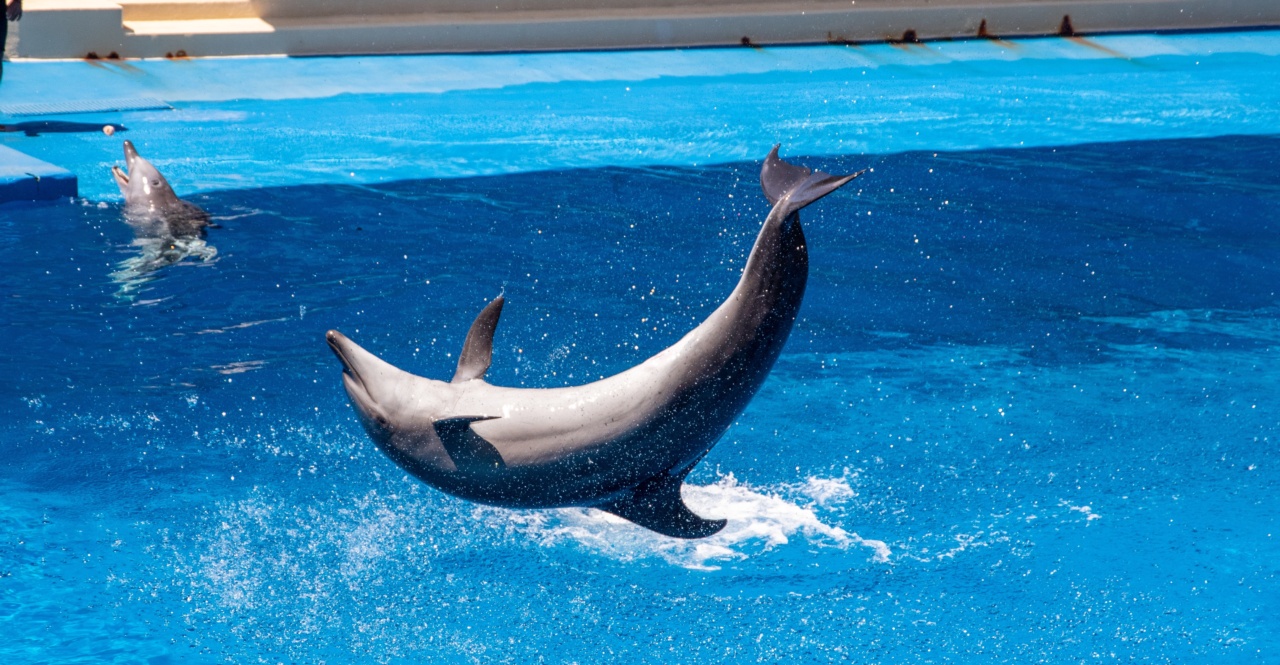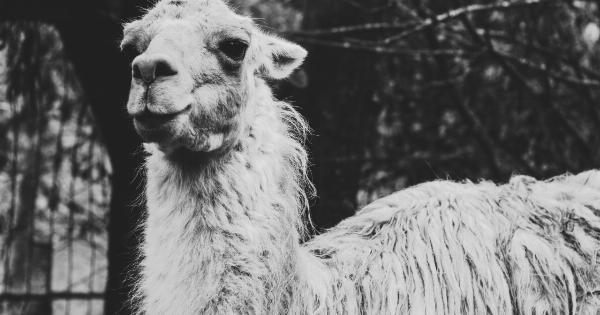Introversion is a personality trait that describes individuals who prefer solitary activities or one-on-one interactions and feel drained by social situations.
While many people may automatically associate introversion with humans, it is a phenomenon that also exists within the animal kingdom. In fact, there are many ways in which animals show introverted behavior, which we will explore in this article.
1. Solitary Animals
Perhaps the most obvious way in which animals can show introverted behavior is by living solitary lives. Many animal species, including big cats, bears, and certain species of primates such as orangutans, are known to spend much of their time alone.
These animals do not necessarily dislike social interactions, but they do not require them to survive and thrive like some other species do.
2. Avoidance of Social Situations
Some animals that are not necessarily solitary by nature may still avoid social situations if they feel overwhelmed by them.
For example, certain types of birds may avoid flocking behavior during the breeding season if the presence of too many other birds is too stressful for them. Similarly, some cat species may avoid communal sleeping areas if they find the presence of other cats too noisy or disruptive.
3. Limited Communication
Introverted animals may also communicate less frequently or less loudly than their more outgoing counterparts. For example, certain species of owl may hoot less frequently or with less volume than other owl species, which may be more social and vocal.
Similarly, some primate species may use fewer vocalizations or facial expressions than others, which could be a result of their introverted nature, or simply a lack of opportunity to interact with others.
4. Specific Living Arrangements
Some animals may show introverted behavior by choosing specific living arrangements that allow them to be alone or limit their social interactions.
For example, certain species of snakes may choose to live in underground burrows or crevices, which limits their exposure to other animals. Similarly, some lizard species may choose to live on their own individual rock outcroppings or in tree hollows, which isolates them from other animals and potentially reduces their stress levels.
5. Fear of New Environments
Some animals may also show introverted behavior when confronted with new environments.
For example, a domestic cat may hide or act timid when introduced to a new home, while a more outgoing cat may immediately start exploring and interacting with its surroundings. Similarly, some wild animals may exhibit fear or caution when introduced to new territories or habitats, which could limit their social interactions with others.
6. Preference for Familiarity
Introverted animals may also prefer familiarity and routine over new experiences or environments. For example, a domestic cat may prefer a familiar sleeping spot or food bowl, even if a new one is introduced.
Similarly, some primate species may prefer familiar individuals to strangers, and may be wary of new group members until they have had time to adjust to their presence.
7. Limited Physical Contact
Introverted animals may also limit their physical contact with others, even if they are not necessarily solitary.
For example, some cat species may prefer to groom themselves rather than groom other cats, which could reduce their overall interaction with others. Similarly, some bird species may avoid physical touch as a means of communication, instead relying on vocalizations or visual signals to communicate with others.
8. Personal Space
Introverted animals may also value personal space, and may become agitated or aggressive if that space is invaded. For example, a domestic cat may hiss or swipe at a person or animal that gets too close to it, even if they are not actually touching it.
Similarly, some wild animal species may become territorial if others enter their territory, indicating a strong preference for isolation.
9. Reduced Social Hierarchies
Introverted animals may also have reduced social hierarchies compared to their more outgoing counterparts. For example, certain types of fish may not form dominance hierarchies in groups, instead displaying more egalitarian behavior.
Similarly, some primate species may not display obvious dominance or submission behaviors, which could indicate a more introverted, or at least less social, personality.
10. Individualistic Behaviors
Finally, introverted animals may display individualistic behaviors that indicate a preference for solitude or personal choice.
For example, a domestic cat may choose to sleep in a certain location or avoid certain types of toys or interactions, indicating a desire for choice and independence. Similarly, some bird species may choose specific nesting sites or feeding areas, indicating a preference for personal space and autonomy.






























